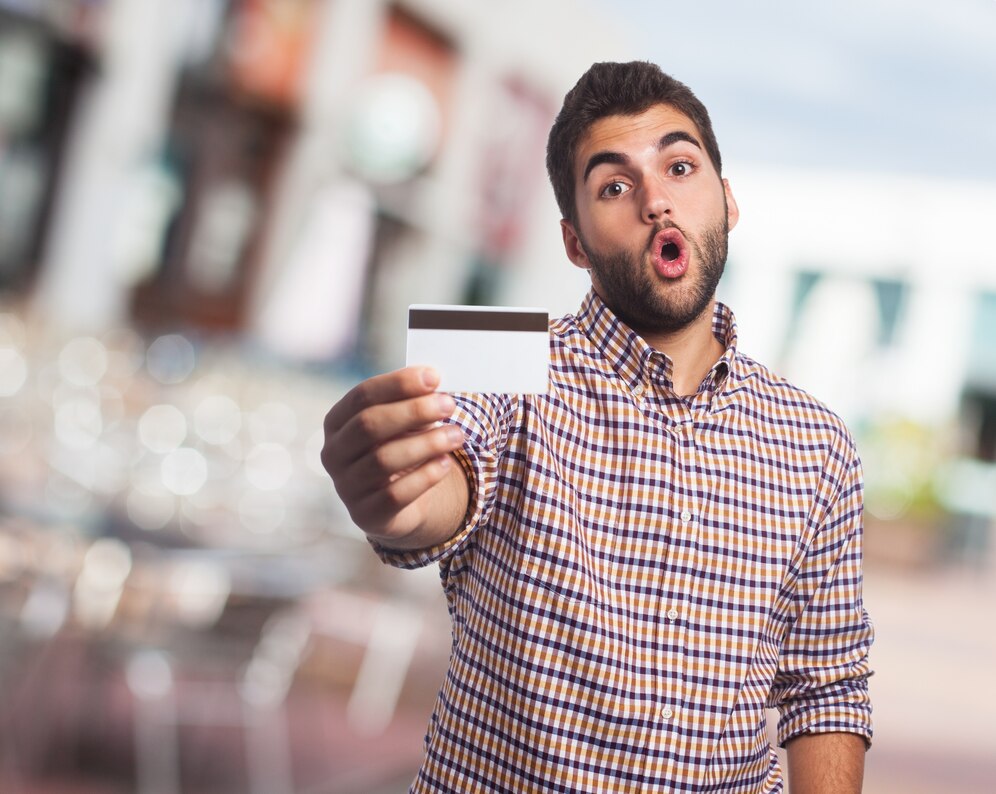By Zhao Guangli, Reporter from China Science Daily
Entering 2024, Beijing citizens have another "check-in spot" if they want to know the latest progress in clinical application and product development of cell technology.On January 9th, the "Beijing New Era Hansen's Ark Popular Science Center" was upgraded and launched in the Yizhuang Economic-Technological Development Area. On the same day, Han Zhongzhao, the director of the National Engineering Research Center for Cell Products and chairman of Hansen's United Company, personally went to "acceptance inspection".After experiencing it, he was satisfied with this popular science "check-in point" with both hardware and software facilities. In his opinion, after years of accumulation and clinical exploration, cell technology has formed a widely applicable technical foundation. At this time, popular science is very important: "Only by thoroughly answering people's questions about cell technology can cell technology benefit the people."Han Zhongzhao (right) communicates with the person in charge of Beijing New Era Hansen's Ark Popular Science Center. Hansen's Ark provided the picture.Opening the "Gateway" of Science and Technology for Healthy Living
Just like the Hansen's Ark Popular Science Center located in other cities, the Beijing New Era Hansen's Ark Popular Science Center is committed to health popularization and a full-lifecycle digital technology service platform. The difference is that this popular science center is adjacent to the headquarters of Hansen's United Company.The opening ceremony attracted guests from various fields, including experts in the field of medicine-they came for the potential application of cell therapy, especially stem cell technology, in clinical settings.Han Zhongzhao opened the "Gateway of Science and Technology" of the Beijing New Era Hansen's Ark Popular Science Center at the opening ceremony.Enter the gateway of science and embark on a journey of cell knowledge. In the giant screen popular science demonstration hall, you can watch the whole process of life from the combination of sperm and egg to aging and death through vivid animations, and feel the extraordinary nature of life; passing through the popular science exhibition hall, you can learn about exploratory treatment cases in clinical settings such as stem cell technology and immunotherapy, witnessing the wonders of cutting-edge life medical care.Reporters noticed that dozens of cell therapy cases, including metabolic diseases, neurological/psychiatric diseases, nodules and tumors, rheumatology and immunology diseases, anti-aging and sub-health, blood diseases, transplant-related diseases, circulatory system diseases, musculoskeletal system diseases, hepatobiliary diseases, kidney diseases, and difficult-to-heal wounds, are shown on the demonstration screen in the popular science exhibition hall. In these cases, stem cells or immune cells have had remarkable effects on patients through various means such as infusion, application, injection, and transplantation, in cases where traditional clinical treatment methods have been futile.Han Zhongzhao told China Science Daily that currently, cell technology mainly focused on stem cells and immune cells, and scientists and medical workers at home and abroad have explored clinical treatments for more than 100 diseases using cell technology.However, most of these treatment methods are still at the technical level; to be widely applied in hospitals, cell technology alone is not enough, it needs to be transformed into cell drugs.Cell therapy in China is regulated by a dual-track system for drug and technical management-as a "technology", cell technology therapy can only be used as "exploratory treatment" in top-tier hospitals and is difficult to achieve true commercialization; as a "drug", to regulate active cells according to the standards of traditional drugs, it requires significant costs to develop cell products and find indications, which is a huge challenge for any company. Up to now, no stem cell drug has been approved for marketing in China, and only two CAR-T products have been approved.Nevertheless, Han Zhongzhao believes that the future of cell therapy is promising. Under years of stringent regulation, both domestically and internationally, many successful and convincing clinical treatment cases have been accumulated, and the spring of cell therapy is coming.
Cell Drugs Take the Stage of History
From ancient times to the present, drugs have gone through three stages of development: natural drugs, chemical drugs, and biological drugs. Han Zhongzhao told reporters that we have now entered the fourth stage-"cell drugs" are gradually taking the stage of history.Strictly speaking, human beings have been using cell drugs decades ago. Whether it is ischemia caused by trauma or anemia, the "blood transfusion" used by people is actually the infusion of blood cells into the body. And hematopoietic stem cell transplantation has a history of more than 60 years.Cell drugs have great potential in treating many refractory diseases.For example, immune cell transfusion has good effects in the treatment of diabetes and its complications. Cases show that an elderly person who has had diabetes for more than 20 years cannot do without high-dose insulin injections every day. Through intravenous infusion of NK immune cells in clinical practice, obvious changes occurred on the third day: blood sugar remained stable, and the dosage of insulin gradually decreased; after one month, urinary protein turned negative, and urinary glucose level decreased linearly. The current condition remains stable and no adverse reactions have been observed. An 11-year-old boy with dry necrosis and vasculitis, vasculitis, and non-healing wounds in the foot, was suggested amputation by the hospital. After two stem cell interventions (infusion+application), not only both feet were saved, but one foot gradually recovered and the other wound was greatly reduced, allowing normal movement, proving that stem cell therapy for refractory wounds is simple, safe, and effective.






